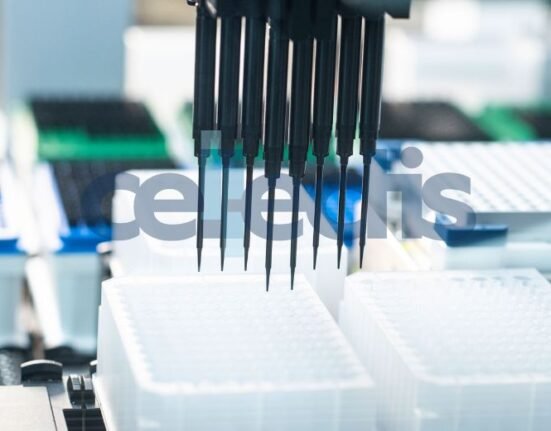HQ Team
April 27, 2023: Researchers have built two human-lung models to enable rapid and cost-effective testing of therapeutics for lung diseases.
The WHO has predicted that chronic obstructive pulmonary disease will be the third leading cause of death by 2030, but not much progress has been made in new drug discoveries to treat lung ailments in the last few decades. COPD is a progressive, irreversible disease with no permanent solutions.
The newest treatments include stem cell medicines, but still, there is a distinct lag in approval for new medicines to treat lung diseases.
But now, a team led by the University of Sydney’s Dr Huyen Phan, with collaborators from Australia, South Korea and China has built lungs that accurately emulate the human lung. Till date, animal models were used for testing, which was not optimal as their physiology and anatomy differ from humans. The team has now built two lung-mimicking models in a laboratory: (i) healthy, and (ii) diseased lungs – COPD.
Lung models
“We decided to build two different lung models, one of which mimics phase one clinical trials; a healthy lung to study safety of new drugs,” said Wojciech Chrzanowski, the study’s corresponding author. “The other one mimics phase two trials; a diseased lung that, in our case, mirrors chronic obstructive pulmonary disease, enabling us to study the therapeutic effectiveness or superiority of the drugs.”
“With a traditional cell culture, you put cells into a Petri dish and culture them in static conditions, which is far from what happens in a human body,” said Thanh Huyen Phan, lead author of the study. “What we are doing is creating environmental conditions similar to those which exist in the human body.”
For the model, the scientists took cells directly from a patient.
“We take cells directly from patients and then build them in layers as they exist inside the body,” said Chrzanowski. “So, first you have the epithelial cells, then you have the fibroblasts – we are literally creating a mimic organ that is very much like actual human lungs.”
The lung models have air on one side and, on the other, have a liquid interface combined with microcirculation to mimic the body’s circulatory system. But the lung models can be used for more than just drug testing.
“These mini-lung organoid models can also be used to test toxicity,” Chrzanowski said. “For example, of silica dust or air pollutants, such as particulates generated during bushfires.”
Because we can take cells directly from individual patients, we can build a patient’s own model to test the effectiveness of drugs on them,” added Chrzanowski.
Advantages of lung models
Other advantages of having human-like models are that they are reliable, easy to build and enable easy testing of therapeutics on a large scale. This will be advantageous as animal testing is increasingly banned in many countries for certain products.
“They accelerate the process of discovery, they shorten the process of getting to clinics, but also substantially increase our confidence in the molecules we create before we go to clinical trials,” Chrzanowski said. “The normal timeline for the clinical translation of a drug is about 10 to 15 years, but when you use organoid models, you can shrink that time substantially.”
3D models built from human cells and 3D printed organs are increasingly being used to test drugs, but there are certain disadvantages associated with these structures. Most are very small and built with limited cells. They cannot replicate the complex organ structures and limit the ability to test and develop therapeutics.
The study was published in the journal Biomaterials Research.







